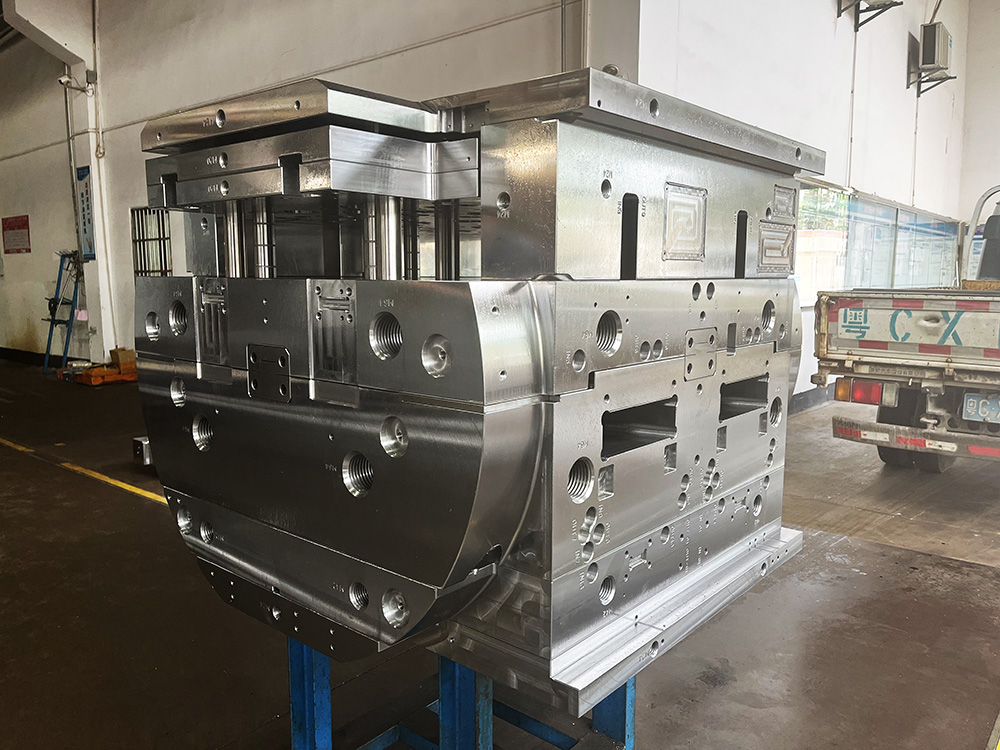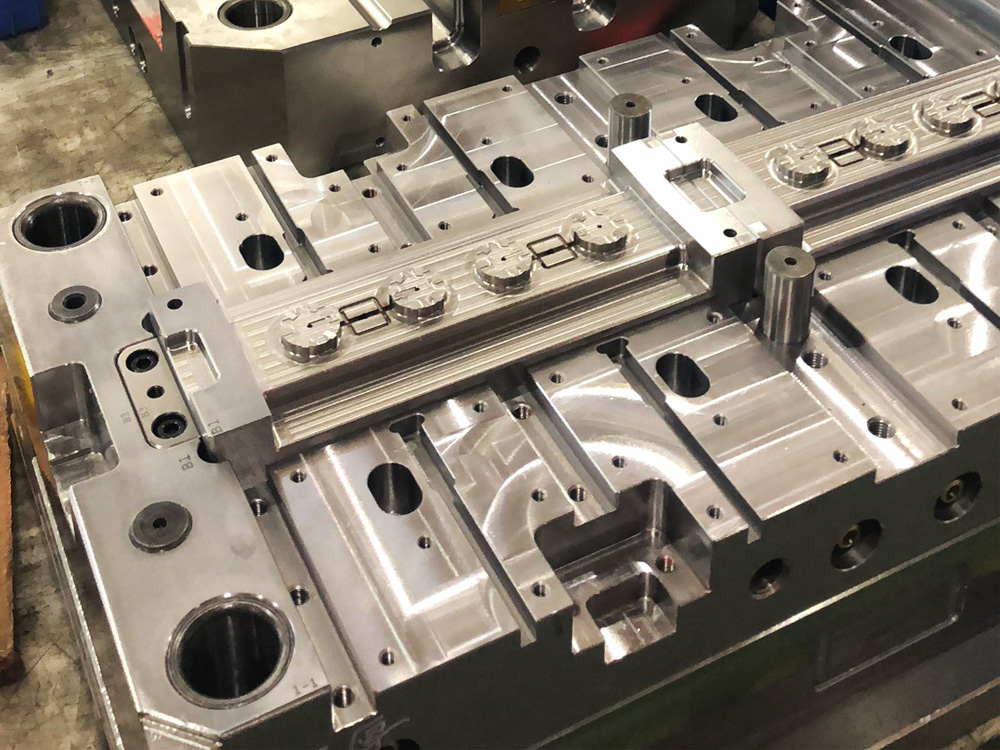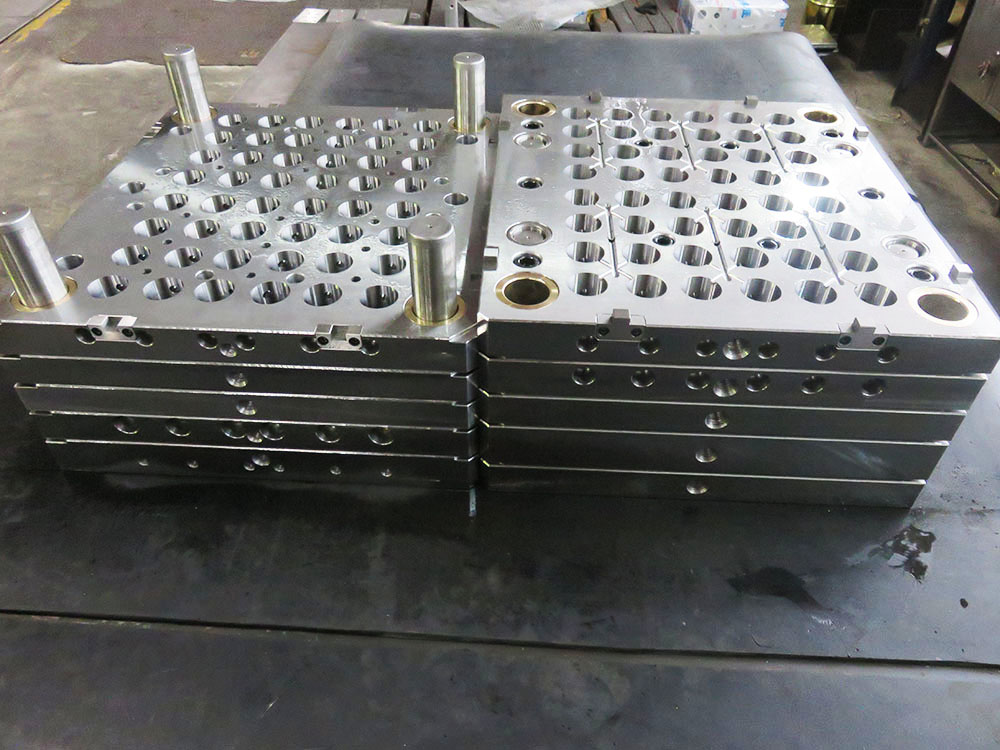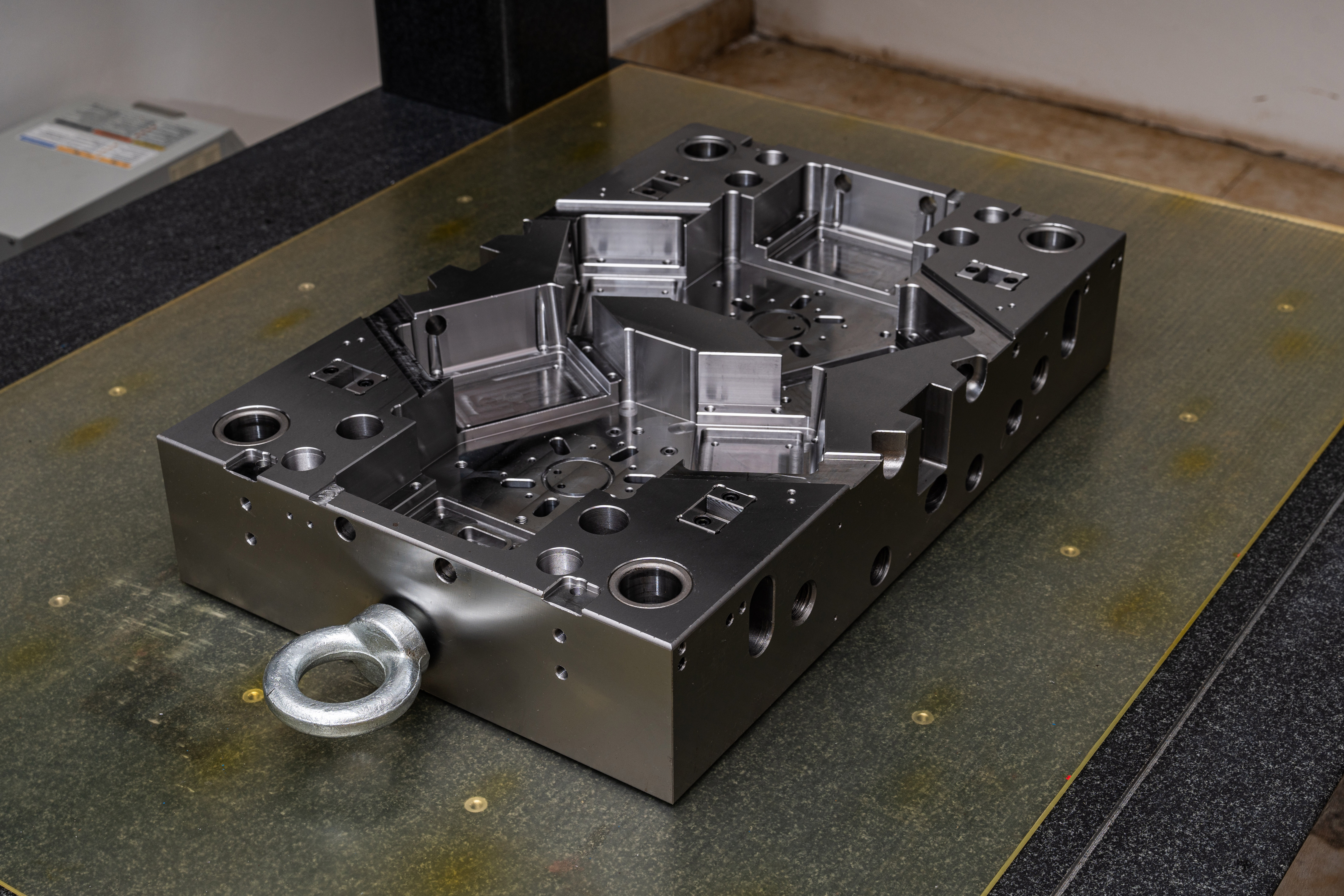Mold Frame: An Essential Component in the Mold Base Industry
In the mold base industry, a crucial element that plays a significant role in the production of molds is the mold frame. Mold frames serve as the foundation and support structure for the entire mold base, providing stability and precision to the mold-making process. Let us delve deeper into the importance and features of mold frames.
Definition and Purpose
A mold frame, also known as a mold base frame, is a metallic structure that encloses the mold cavity, cores, and other components. It is designed to securely hold all the mold components in place during the molding process. The primary purpose of a mold frame is to provide stability and rigidity to the entire mold structure, ensuring precise and consistent production of molded parts.
Materials and Construction
Mold frames are typically made from high-quality steel or aluminum alloys, selected based on factors such as the application, production volume, and budget. These metals offer excellent strength, corrosion resistance, and durability required for the demanding mold-making environment.
The construction of a mold frame involves several components and features:
- Clamping Plates: These are the upper and lower plates that secure the mold halves together, exerting pressure and holding everything in place during the injection or molding process.
- Insert Plates: These plates house the cavities, cores, slides, or other special features required for the desired part shape.
- Guide Pillars and Bushings: These components ensure proper alignment and movement of the mold halves, allowing efficient ejection of the molded parts.
- Ejector System: An ejector plate, along with pins or rods, helps in the removal of the molded part from the mold by providing a mechanism for pushing or ejecting the part out of the cavity.
- Water Cooling Channels: Mold frames incorporate an intricate network of cooling channels to control the temperature during the molding process. These channels help in rapid heat dissipation and ensure consistent quality of the molded parts.
Advantages of Mold Frames
There are several advantages to using mold frames in the mold base industry:
- Mold frames provide a sturdy and reliable foundation for the mold, ensuring dimensional stability and precision during the molding process.
- They enable easy assembly and disassembly of the mold, allowing for efficient and convenient maintenance or mold component replacement.
- By incorporating cooling channels, mold frames enhance the overall productivity and efficiency of the molding process by reducing cycle times and improving the quality of the final product.
- Mold frames offer scalability and versatility, allowing for customization and adaptation to various mold sizes, shapes, and complexities.
- They contribute to overall cost savings by reducing mold repair and replacement costs due to their robust construction and capability to withstand demanding operating conditions.
In conclusion, mold frames play a fundamental role in the mold base industry, providing stability, precision, and durability to the entire mold structure. With their exceptional features and advantages, mold frames are indispensable components for achieving high-quality, consistent, and efficient molding processes.




